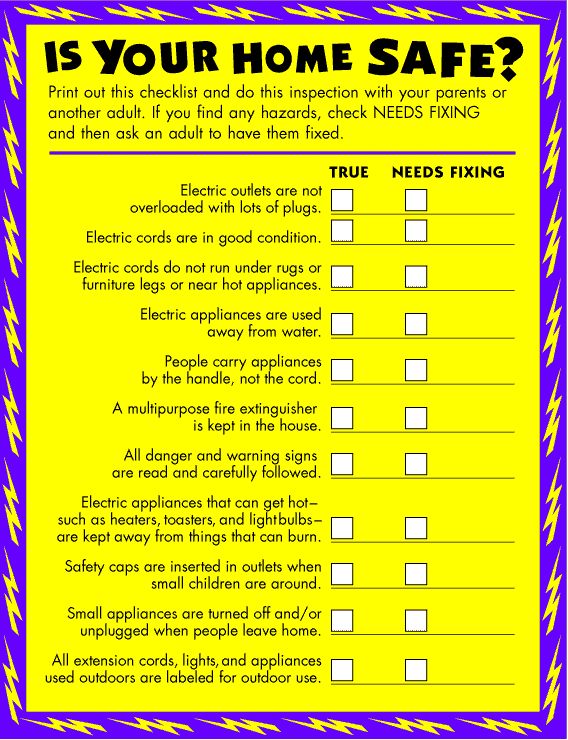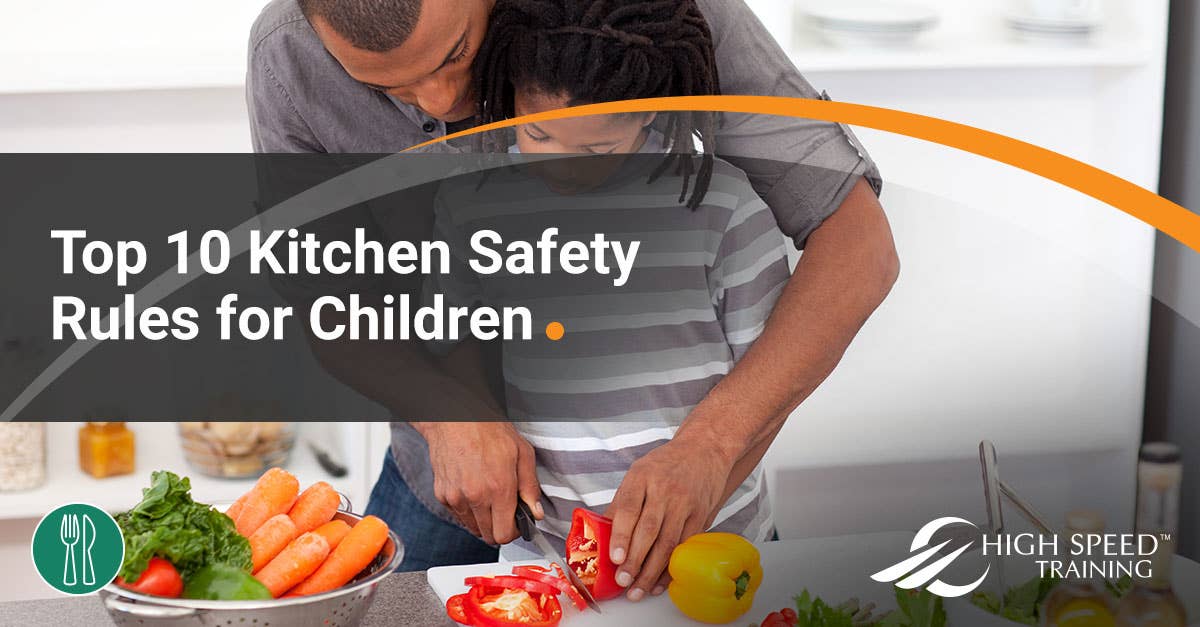

Slipping on something spilt is the easiest way to get injured in the kitchen, or for someone else to slip as they walk into your kitchen, so make sure children are wearing sensible non-slip shoes. If they don’t have an apron, an old adult shirt or T-shirt will do.ĭon’t let them wear anything that’s big and loose explain that baggy sleeves or clothes could catch fire or get caught in mixer blades or other equipment. Wearing an apron will keep their clothes clean. The kitchen is the most dangerous room in any home, so helping children to understand the hazards present in the kitchen can help avoid causing an accident or subjecting your family to a bout of food poisoning when they taste your child’s results.īegin with preparing to cook – talk about what they should wear. Just as important as learning about food and cookery skills is teaching children about health and safety in the kitchen. It will also give them a sense of pride and achievement as they take the raw materials and turn them into something delicious.Ĭooking with children will also help them to improve in other subject areas too such as reading (recipes), maths (weighing and measuring ingredients), nature (where ingredients come from), science (what happens when substances are heated, frozen, mixed with other substances etc.), biology (hygiene and safety), art (food presentation) and even languages (pizza – Italian, Hummus – Turkish etc.).Īll of these can be fun activities, and if learning is fun, children are more likely to retain the information.

Kitchen safety quiz for kids how to#
Getting children interested in food, where the different ingredients come from and how to cook them, is really important as it will educate them at a young age about healthy eating options, giving them the opportunity and confidence to try different foods. Though the "sell by" date will probably expire during that time, the eggs will still be safe to use.Cooking in the kitchen is a great fun activity to do with children, it also teaches them a crucial life skill. Store eggs in their original carton in the coldest part of the refrigerator, but not on the door when they are more susceptible to temperature changes as the door opens and closes. People with a higher risk for foodborne illness include infants, pregnant women, young children, older adults, people with weakened immune systems and individuals with certain chronic diseases. A food you safely eat might make others sick. Some people have a greater risk for foodborne illnesses.

Frozen leftovers will taste best and be at best quality if eaten within about 3 months. Place food in shallow containers and refrigerate at 40° F or lower or freeze at 0° F or lower. Discard any food left at room temperature for more than 2 hours or 1 hour if the temperature is above 90° F. Cooking meat and poultry to the recommended internal will make them safe to eat. Washing increases the danger of cross-contamination by spreading bacteria present on the surface of meat and poultry to nearby ready-to-eat foods, kitchen utensils and counter surfaces. A small amount of some bacteria, such as of E. why risk getting sick? A "tiny taste" may not protect you. However, don't count on your taste, smell, or sight to tell you if a food is safe to eat.

When melons are cut, these bacteria are transferred to the part we eat. Bacteria present in soil can contaminate the outside of melons. Buy an inexpensive appliance thermometer for both your fridge and your freezer check them often. Keep your refrigerator at 40° F or below. Food will be safe indefinitely at 0° F though the quality will decrease the longer it is in the freezer. Department of Agriculture recommending using eggs? Question 8: For best quality, how soon after purchase does the U.S. Question 7: If you've never gotten sick from food that you prepare - even though you don't follow "food safety guidelines" - could it make someone else sick? Question 6: How long should you store leftovers in the refrigerator? Question 5: Should you wash raw meat and poultry before preparing it? Question 4: If a food tastes OK, is it safe to eat? Question 3: Since only the inside of melons (such as watermelon) is eaten, does their outer rind need to be washed? Question 2: What temperature is recommended for your refrigerator? Question 1: How long will food stored constantly at 0° F remain safe? Many people don't know the answers to the 8 questions on this food safety quiz.


 0 kommentar(er)
0 kommentar(er)
